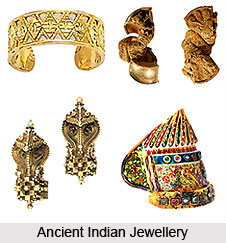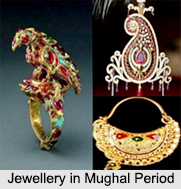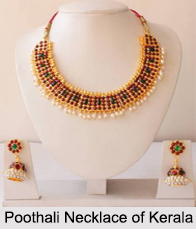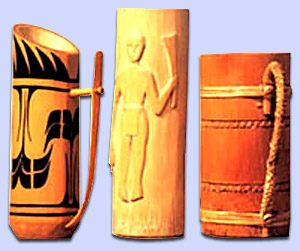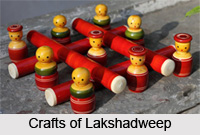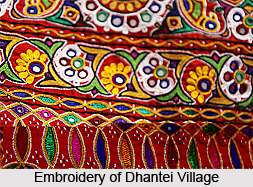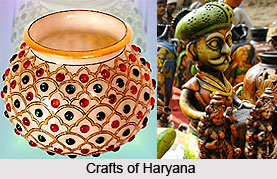 Metal craft of Madhya Pradesh is marked by its discrete quality that has been budding since the dawn of the primitive civilization. This unwavering forte has remained with unaltered for centuries, yet it keeps in tune with contemporary styles in concept and workmanship.
Metal craft of Madhya Pradesh is marked by its discrete quality that has been budding since the dawn of the primitive civilization. This unwavering forte has remained with unaltered for centuries, yet it keeps in tune with contemporary styles in concept and workmanship.
The metal craft of Madhya Pradesh flaunts the usage of different metals like bell metal, gold, silver, bronze to alloys, iron etc. The metal craft of Madhya Pradesh includes the bell metal casting in the lost wax process or cire perude which has been practiced by the people of Bastar and at few other places such as Datia and Sagar. The artisans create tribal deities, votive lamps, some items of tribal jewellery and other items that have ritualistic, religious and aesthetic appeal with bell metal. The artisans of Madhya Pradesh are deft in creating utilitarian articles with iron. It has been considered that iron casting is a traditional skill that the craftsmen in the remote villages of Madhya Pradesh have mastered for many generations. People of Gond, Muria, Dhruva and Bhatra communities practice this art form. Exclusively designed iron `Diyas` (lamps) have a ritualistic significance in the state as these are given to daughters as part of their bridal gifts. Metal ornament boxes of Bundelkhand, lamps of Sarguja, rice measure bowls, animal figurines of Raigarh, sculptures of Bastar stand as the examples of creative excellence of the artisans of Madhya Pradesh.
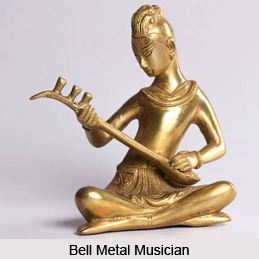 The metal craft of Madhya Pradesh is different from one region to another as each zone has a different socio cultural background. The tribal metal crafts of Madhya Pradesh are simple yet attractive because of their unique designs. The metal craft of Madhya Pradesh includes folk jewellery of Madhya Pradesh which is most distinctive, highly artistic, elaborate and varied in style and varieties. These exclusive jewellery pieces are created out of gold, silver, bronze and alloys by the tribal people. The people of Gadhavs in Bastar create spectacular metal crafts that display simplicity and cultural tradition.
The metal craft of Madhya Pradesh is different from one region to another as each zone has a different socio cultural background. The tribal metal crafts of Madhya Pradesh are simple yet attractive because of their unique designs. The metal craft of Madhya Pradesh includes folk jewellery of Madhya Pradesh which is most distinctive, highly artistic, elaborate and varied in style and varieties. These exclusive jewellery pieces are created out of gold, silver, bronze and alloys by the tribal people. The people of Gadhavs in Bastar create spectacular metal crafts that display simplicity and cultural tradition.
The tribal people create idiosyncratic figures of tribal deities, animals, swings and `trishuls` (tridents, a symbol of the Hindu deity Shiva) by the dhokra or lost-wax process that are admired by the local as well as the people of entire country. The created items are sometimes chiseled and carefully polished to bring an extra sheen to the crafts.
Following the contemporary style and trend, the artisans create different articles with great artistry like birds, carved `diyas`, candle stands, lattice, furniture, lamps and decorative items that suits the taste of the buyers. Even the tribal statues have come to occupy a very special place in modern day interior decoration and these artistic exuberance has brought the tribal artisans have their recognition in the country.
